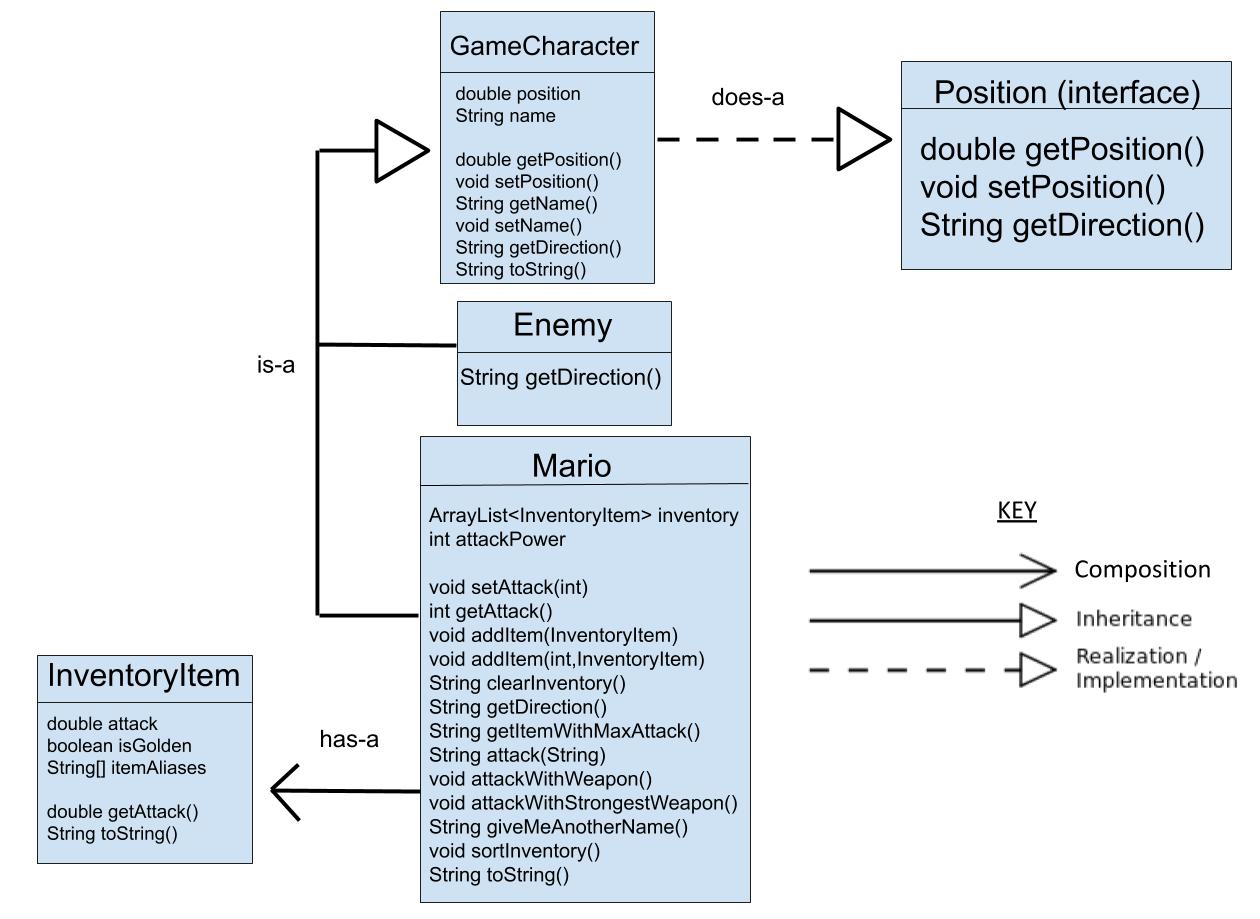BIOGRAPHY

Philip Yuan
Philip Yuan is a junior at Aragon High School. Philip enjoys many extracirricular activities, especially in volunteering, being Order of the Arrow (Scouting's national homor society) Representative and 5 year member of Boy Scout Troop 47 as well as president of the LEOS service club. Philip has also run all three years at Aragon with the Cross Country and Track and Field Distance teams, and plans to continue in his senior year. Though Philip originally thought coding and computer science was very tedious and boring, over his years at Aragon he has begun to develop more interest, self-studying HTML, CSS, Javascript, and Visual Basic Script in his tenth grade year, using the node.js framework to create his very own Discord bot with several built-in APIs, and signing up to take Aragon's AP Computer Science class. Philip is currently studying Java and Python in class and on his own, and plans to continue pursuing his interests by majoring in Computer Science in college. Philip hopes have a career in game design and programming in the future. Philip lives at home with his parents and his sister, Amelia. In his free time, Philip enjoys browsing reddit, watching youtube videos, working on various coding projects, and napping.
